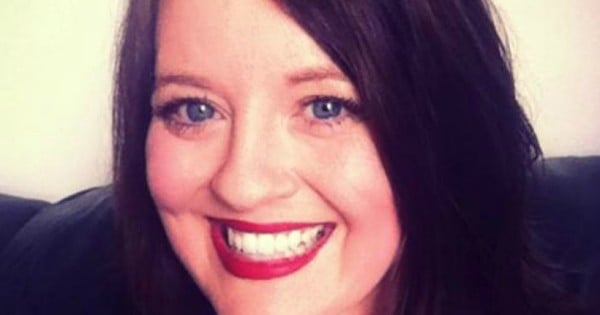
By Sam Ikin
Listening to people who have survived a suicide attempt could be key to the way Australia approaches prevention, a peak body has said, as new data reveals an increase in the number of people taking their own lives.
Figures released by the Australian Bureau of Statistics (ABS) show 2,861 people died from suicide in 2014, up from 2,335 in the previous report, released in 2009.
That equates to almost a 14 per cent increase.
Suicide was found to be the leading cause of death for people aged 15 to 44.
Lifeline Australia described the situation as an emergency and said the ABS figures meant there were almost eight suicides every day or one every three hour.


